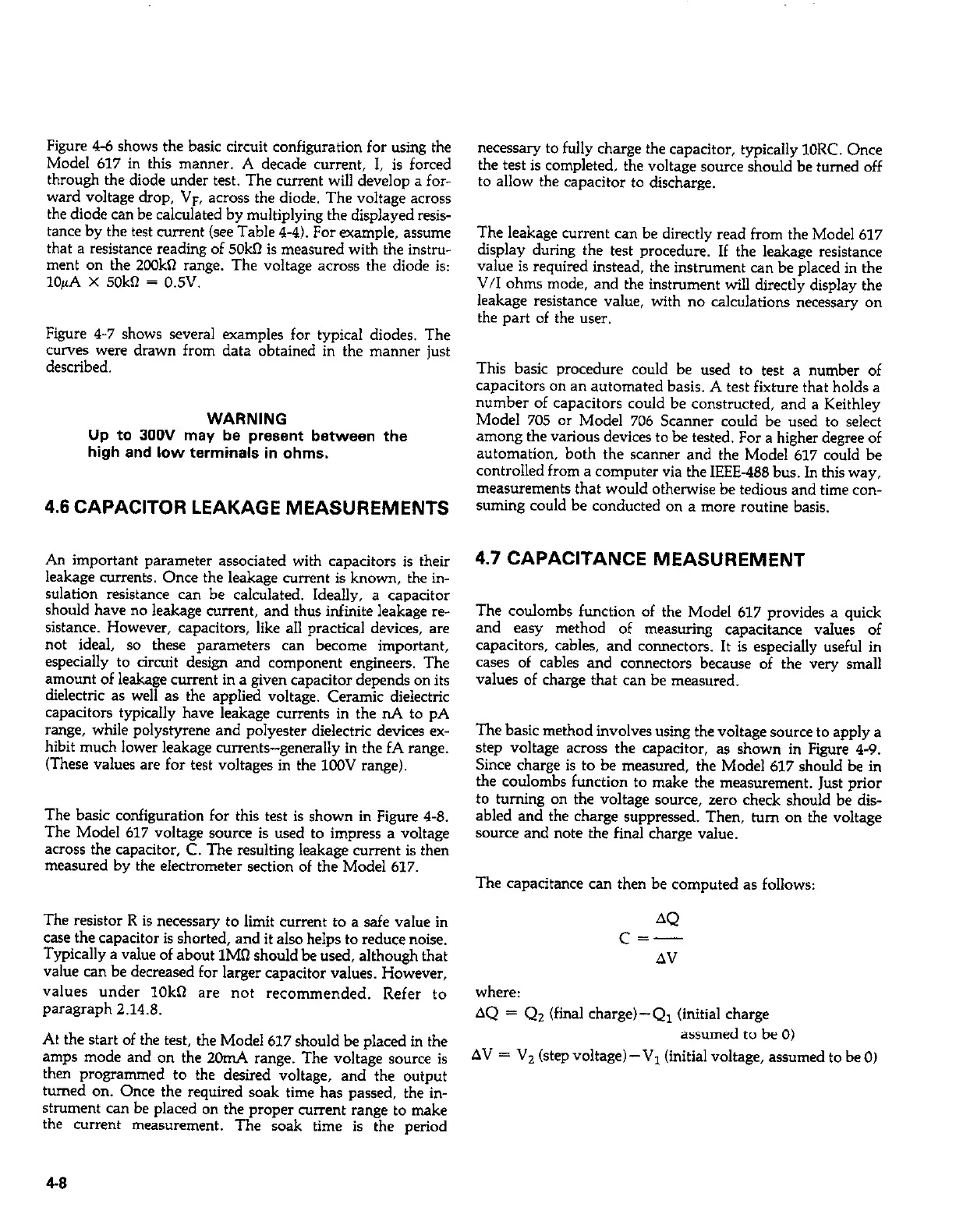Figure 4-6 shows the basic circuit configuration for using the
Model 617 in this manner. A decade current, 1, is forced
through the diode under test. The current will develop a for-
ward voltage drop, VF, across the diode. The voltage across
the diode can be calculated by muldplying the displayed resis-
tance by the test current (see Table 4-4). For example, assume
that a resistance reading of 50kR is measured with the instru-
ment on the 2OOkR range. The voltage across the diode is:
lOpA X 50kR = 0.5V.
Figure 4-7 shows several examples for typical diodes. The
curves were drawn from data obtained in the manner just
described.
WARNING
Up to 300V may be present between the
high and low terminals in ohms.
4.6 CAPACITOR LEAKAGE MEASUREMENTS
An important parameter associated with capacitors is their
leakage currents. Once the leakage current is known, the in-
sulation resistance can be calculated. Ideally, a capacitor
should have no leakage current, and thus infinite leakage re-
sistance. However, capacitors, like all practical devices, are
not ideal, so these parameters can become important,
especially to circuit design and component engineers. The
amount of leakage current in a given capacitor depends on its
dielectric as well as the applied voltage. Ceramic dielectric
capacitors typically have leakage currents in the nA to pA
range, while polystyrene and polyester dielectric devices ex-
hibit much lower leakage currents-generally in the fA range.
(These values are for test voltages in the 1COV range).
The basic configuration for this test is shown in Figure 4-8.
The Model 617 voltage source is used to impress a voltage
across the capacitor, C. The resulting leakage current is then
measured by the electrometer section of the Model 617.
necessary to folly charge the capacitor, typically 1ORC. Once
the test is completed, the voltage source should be turned off
to allow the capacitor to discharge.
The leakage current can be directly read from the Model 617
display during the test procedure. If the leakage resistance
value is required instead, the instrument can be placed in the
V/l ohms mode, and the instrument will directly display the
leakage resistance value, with no calculations necessary on
the part of the user.
This basic procedure could be used to test a number of
capacitors on an automated basis. A test fixture that holds a
number of capacitors could be constructed, and a Keithley
Model 705 or Model 706 Scanner could be used to select
among the various devices to be tested. For a higher degree of
automation, both the scanner and the Model 617 could be
controlled from a computer via the IEEE-488 bus. In this way,
measurements that would otherwise be tedious and time con-
suming could be conducted on a more routine basis.
4.7 CAPACITANCE MEASUREMENT
The coulombs function of the Model 617 provides a quick
and easy method of measuring capacitance values of
capacitors, cables, and connectors. It is especially useful in
cases of cables and connectors because of the very small
values of charge that can be measured.
The basic method involves using the voltage source to apply a
step voltage across the capacitor, as shown in Figure 4-9.
Since charge is to be measured, the Model 617 should be in
the coulombs function to make the measuremenl. Just prior
to turning on the voltage source, zero check should be dis-
abled and the charge suppressed. Then, turn on the voltage
source and note the final charge value.
The capacitance can then be computed as follows:
The resistor R is necessary to limit current to a safe value in
AQ
case the capacitor is shorted, and it also helps to reduce noise.
cc-..-
Typically a value of about 1Mn should be used, although that
AV
value can be decreased for larger capacitor values. However,
values under lOk0 are not recommended. Refer to
where:
paragraph 2.14.8.
AQ = Q2 (final charge)-Q1 (initial charge
At the start of the test, the Model 617 should be placed in the
assumed to be 0)
amps mode and on the 2011~4 range. The voltage source is
AV = V, (step voltage) -VI (initial voltage, assumed to be 0)
then programmed to the desired voltage, and the output
turned on. Once the required soak time has passed, the in-
strument can be placed on the proper current range to make
the current measurement. The soak time is the period
4-8

